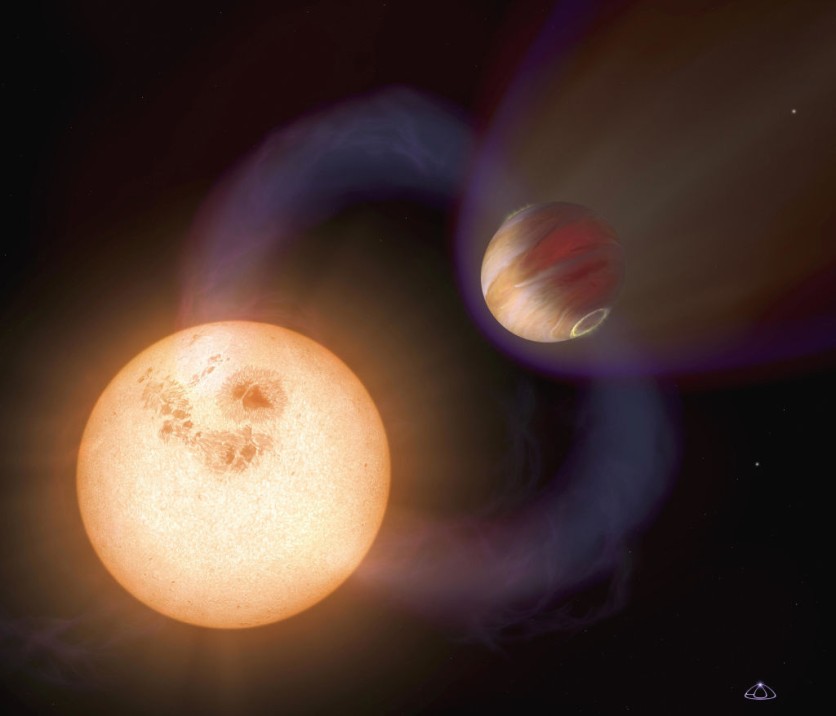An international team of astronomers discovered a new inflated hot Jupiter exoplanet, as reported by PhysOrg. The discovery is part of the Next Generation Transit Survey (NGTS).

NGTS-21b
The newly-discovered exoplanet is named NGTS-21b and is found to be 30 percent larger as Jupiter. Hot Jupiters are planets that share the same characteristics to Jupiter. Their difference is that they have orbital periods of less than ten days.
Additionally, they have high surface temperatures as they orbit their parent stars very closely. The next extrasolar planet of this type was discovered while observing a metal-poor K dwarf star known as NGTS-21 from the ESO Paranal Observatory in Chile. They were able to identify a strong transit signal and was confirmed by follow-up observations.
The new exoplanet has a radius of 1.33 Jupiter radii and a mass of 2.36 Jupiter masses. It orbits its host approximately every 37 hours at a distance of some 3.5 million kilometers from it. This means that the NGTS-21b is beyond hot with an equilibrium temperature around 1,357 K.
Therefore, the scientists said that it is inflated because some giant planets expand in size when their parent stars are about to die. Its parent str, the NGTS-21 is estimated to be 10 billion years old.
Also Read: 'Hot Jupiter' Exoplanet Absorbs Massive Amounts Of Energy From Host Star
Inflated Planets
These inflated planets are not new to astronomers, but it remains unclear what causes them. There are two theories for this-one is that it may be due to the deposition of energy from the host star, second is it may be due to inhibited cooling of the planet.
In the first theory, the energy from the host star can have an impact on the temperature of the giant planet and the outer part of its atmosphere. The atmosphere cools down slowly, but the cool air slips underneath the hot air, which can cause the planet to expand.
In the second theory, the planet can expand as it moves far from its parent star. This is because of the fact that there is less gravitational pressure which can cause the gas to pile up.
The astronomers said that the inflation of these hot Jupiters may change their predicted future. Inflated planets have an influence on the gaseous environment around them, because the material can flow onto them. If a gaseous disk forms around the star, the planet can trap material and form a gaseous last gasp around itself, which can increase the planet's size and maybe also further affect the disk. In short, the inflated planets may be the cause of future changes in the disk.
Related Article: Distant 'Hot Jupiter' Exoplanet Is Actually Two Planets, Astronomers Find
This article is owned by Tech Times
Written by April Fowell
ⓒ 2025 TECHTIMES.com All rights reserved. Do not reproduce without permission.




![Best Gaming Mouse For Gamers With Smaller Hands [2025]](https://d.techtimes.com/en/full/461466/best-gaming-mouse-gamers-smaller-hands-2025.png?w=184&h=103&f=6fd057ef777bd39251d4e7e82e9b23f1)